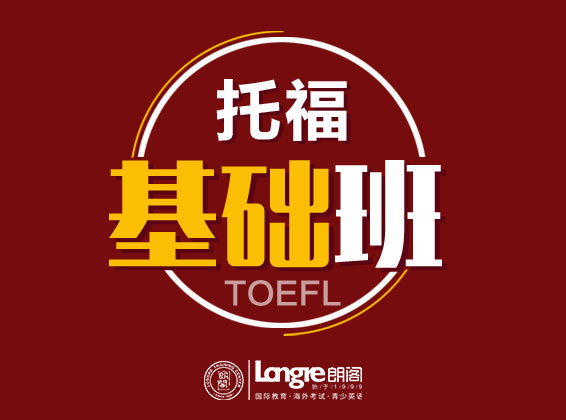|
出现位置: IBT推断题通常出现在听力部分的2个长对话和4个演讲中,每个长对话一般包含一个推断题,而每个演讲中也又可能包含一个推断题,所以推断题在整个听力部分的总数在2至4个左右。 出题形式: 通常情况下, 推断题都是以what开头的特殊疑问句,会对上段材料中出现的一些细节提出问题,例如: What can be inferred about Scott Anfinson? A: His work is not worthy of any credit. B: He is an archaeologist with a lot of assets. C: He has done a lot of noteworthy jobs on Minnesota archaeology. D: He, as a great archaeologist, donated some assets to protect the local environment. What can be inferred about professor’s attitude toward the book he’s describing? A: He prefers coffee than tea because drinking coffee is a patriotic act. B: Drinking coffee was considered patriotic at the time when British colonists ruled America. C: Coffee was heavily taxed at the time. D: Coffee was less popular because it offered little independence to people who loved it. What will ___ probably do next? What probably happened to ___? What can be inferred about ___? What is probably true about ___? 做题技巧: 1.在做题的时候注意不要过渡推断,步骤 少的推断 接近答案。举个简单的例子:某人生病了,我们不能说他去世了,只能说他身体不适或健康不佳。 2.在推断的时候必须基于原文,尤其是涉及自然科学的知识,在某一学科某一域的某一概念还未被全世界的科学家普遍接受的时候,我们不能运用课外之时做出推断。尊重谈话人的态度和意见是做题的关键。涉及到人文科学的知识,中外分歧大,我们要抛弃自己的主观意见,站在谈话人特定的历史角色和观点上,做出符合逻辑的推论。 (责任编辑:admin) |







